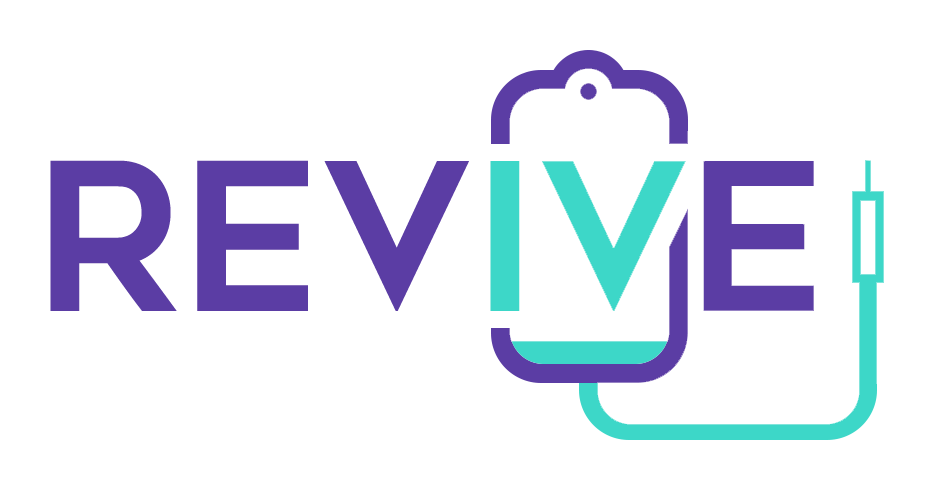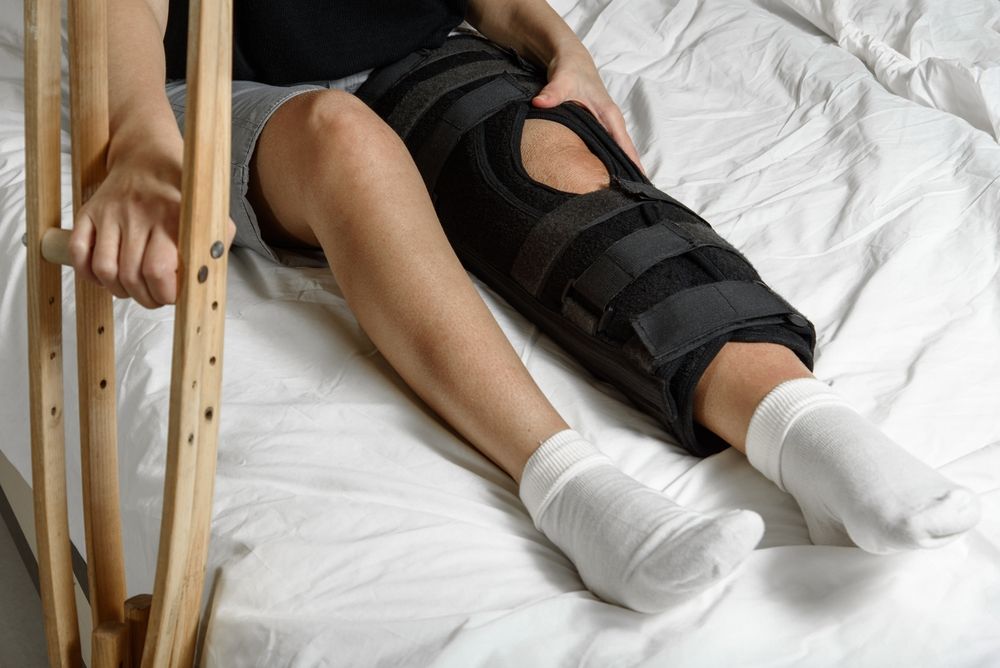Questions? click here to call
Boost Post-Surgery Recovery with IV Therapy: A Comprehensive Guide
Boost Post-Surgery Recovery with IV Therapy: A Comprehensive Guide
Understanding Post-Surgery Recovery
Post-surgery recovery is a crucial phase that significantly impacts a patient's overall healing process. It involves a multitude of factors that help the body regain strength and return to its normal functioning. To facilitate a smooth recovery, it's essential to understand the elements involved and the challenges one might face during this time.
The Importance of Post-Surgery Recovery
Recovering correctly after surgery is vital for several reasons. First, it aids in healing the surgical site, enabling tissues to repair efficiently. Additionally, proper post-operative recovery minimizes the risk of complications such as infections, blood clots, or prolonged pain.
An effective recovery phase also enhances a patient's emotional well-being. Engaging in proper recovery practices can lead to a quicker return to daily activities, boosting mental state and overall quality of life. Taking time to recuperate is not only about the body; it involves nurturing the mind too. Support from family and friends can play a significant role in this aspect, providing encouragement and companionship during what can be a lonely time. Moreover, setting realistic goals for recovery can help patients maintain a positive outlook, allowing them to celebrate small victories along the way.
Common Challenges in Post-Surgery Recovery
During recovery, patients often face various challenges that can hinder their healing process. Pain and discomfort are common, often requiring appropriate management techniques to alleviate symptoms. Additionally, fatigue can impede daily activities and responsibilities.
Another challenge is the emotional aspect, as some patients may experience anxiety about their condition or recovery timeline. Furthermore, dietary restrictions and hydration needs can add complexity, making it essential to stay informed and proactive regarding nutrition and fluid intake. It’s also important to note that patients may struggle with mobility limitations, which can affect their independence. Simple tasks, such as getting out of bed or walking, may require assistance, and this dependence can be frustrating. Implementing a structured rehabilitation plan that includes physical therapy can help patients regain their strength and confidence, ultimately making the transition back to normalcy smoother and more manageable.
Introduction to IV Therapy
IV therapy, or intravenous therapy, is a medical technique that delivers fluids, medication, or nutrients directly into a patient's bloodstream through a vein. This method is not only fast-acting but also highly effective in administering essential substances needed during recovery.
What is IV Therapy?
Specifically, IV therapy involves the use of an IV bag containing the necessary fluids, which is connected to the patient via a thin tube. This approach allows for immediate absorption of medications or nutrients, bypassing the digestive system, which can be particularly beneficial for patients who may have nausea or difficulty eating after surgery.
How Does IV Therapy Work?
The process starts by positioning a catheter into the patient's vein, typically in the arm or hand. Once securely in place, the desired solution is infused into the bloodstream at a controlled rate. This method not only offers rapid delivery of hydration and nutrients but also minimizes discomfort associated with oral intake, making it invaluable during the healing phase.
The Role of IV Therapy in Post-Surgery Recovery
IV therapy plays a transformative role in enhancing post-surgery recovery. It can provide essential fluids, vitamins, and minerals that the body needs while healing. This therapy allows healthcare providers to closely monitor the infusion and adjust as necessary, optimizing patient care.
Benefits of IV Therapy for Post-Surgery Recovery
- Rapid Hydration: IV therapy promptly restores fluid balance, which is crucial after surgery.
- Nutrient Delivery: Essential vitamins and minerals are supplied directly into the bloodstream, aiding in recovery.
- Pain Management: Certain medications can be delivered intravenously to help manage pain effectively.
- Reduced Nausea: IV therapy can help reduce nausea, making it easier for patients to maintain nutrient intake.
Types of IV Therapy for Post-Surgery Recovery
Several types of IV therapy can be beneficial during post-operative recovery, including:
- Hydration Therapy: To replenish fluids and electrolytes lost during surgery and anesthesia.
- Nutritional Therapy: Provides essential nutrients when oral intake is not feasible.
- Pain Management Therapy: Administers pain relief medications directly into the bloodstream.
Preparing for IV Therapy
Preparation for IV therapy is important in ensuring that the process goes smoothly. Patients should be aware of what to expect and how to prepare mentally and physically for this treatment.
What to Expect During IV Therapy
When receiving IV therapy, patients can expect to sit comfortably while a healthcare professional administers the therapy. The process typically takes from 30 minutes to several hours, depending on the type of solution being infused and the individual’s needs.
Patients may feel an initial sting when the catheter is inserted, but the discomfort usually subsides quickly. It’s a good idea for patients to communicate openly with their healthcare provider during this stage, especially if they feel any discomfort or notice anything unusual during infusion.
Safety Measures and Precautions in IV Therapy
Ensuring patient safety during IV therapy is paramount. Healthcare providers adhere to strict hygiene practices to prevent infections. Monitoring vital signs and the infusion site for any signs of complications, such as swelling or redness, is standard practice.
Valuable pre-treatment discussions should include any known allergies, past reactions to IV medications, or other health conditions that could affect treatment. By conducting thorough evaluations, healthcare providers can tailor the therapy to each patient's specific needs.
The Process of IV Therapy in Post-Surgery Recovery
The implementation of IV therapy involves a systematic process designed to maximize recovery outcomes after surgery. Understanding this process helps patients feel more at ease in their treatment journey.
Step-by-Step Guide to IV Therapy
- Preparation: The healthcare team discusses the plan and answers any patient questions.
- Site Selection: A vein is selected for catheter insertion, typically based on accessibility.
- Insertion: A sterile catheter is inserted into the vein, followed by securing it in place.
- Infusion: The pre-prepared IV solution is connected and starts being infused into the bloodstream.
- Monitoring: Patients are monitored for reactions and adjustments made as necessary.
Monitoring Progress and Adjusting Treatment
Throughout the IV therapy process, healthcare professionals vigorously monitor patients’ responses to treatment. This observation allows for immediate adjustments to the infusion rate or type of solution based on individual patient needs.
Regular follow-ups are essential, as they provide an opportunity to discuss any new symptoms or concerns. The goal is ensuring optimum recovery, where healing is closely supported by tailored IV therapy solutions, ultimately leading to a successful return to good health.











